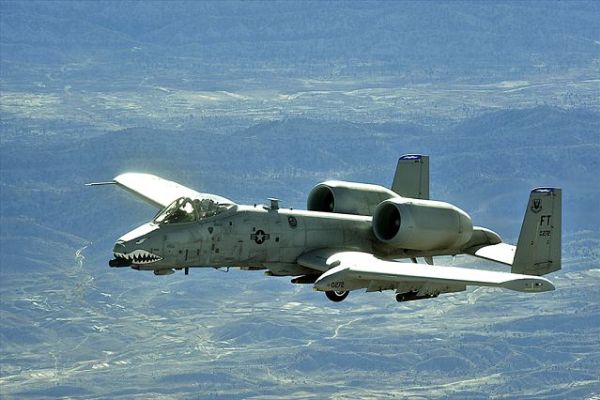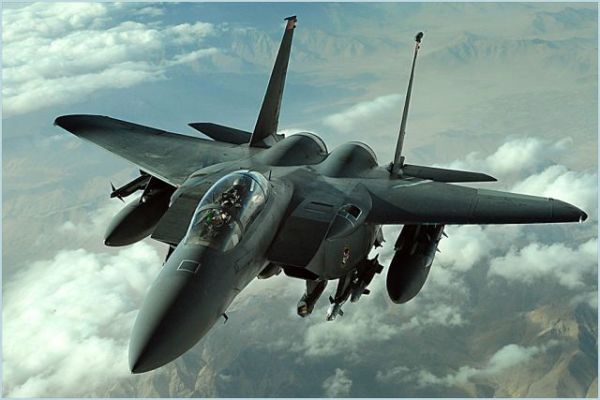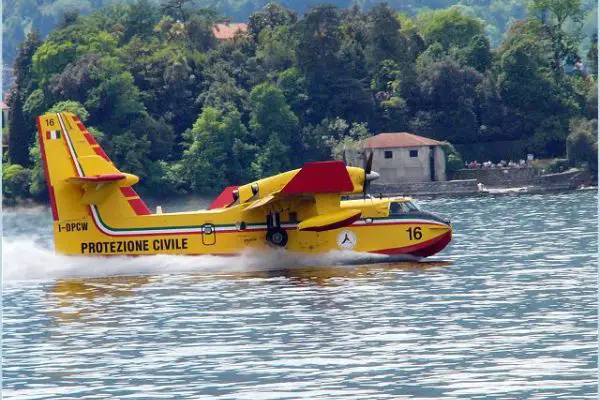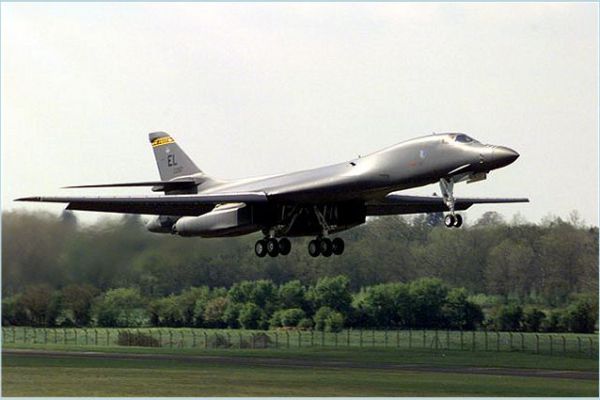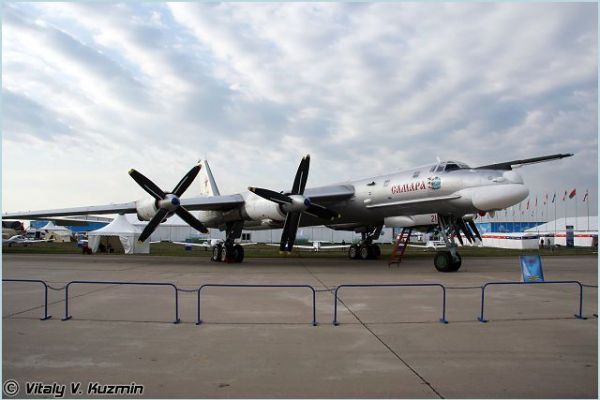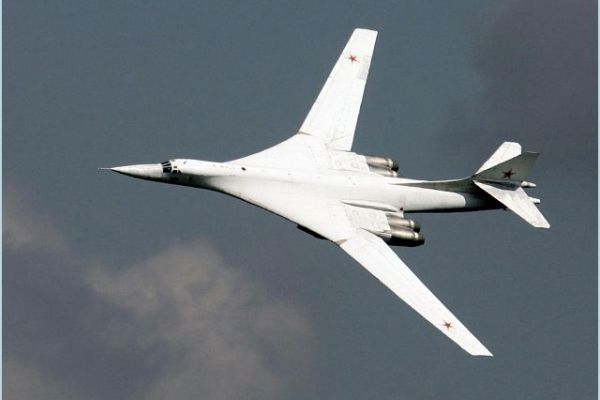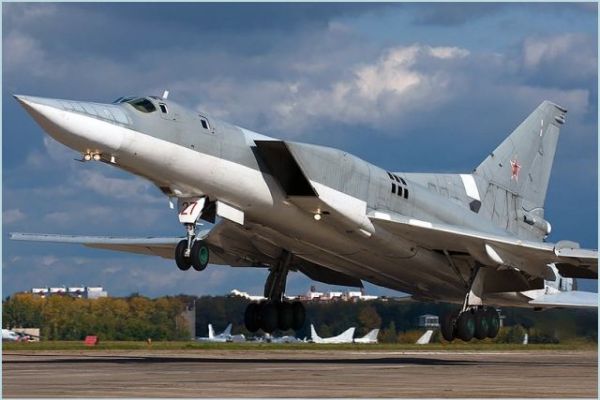Bombers.
B-2 Spirit.
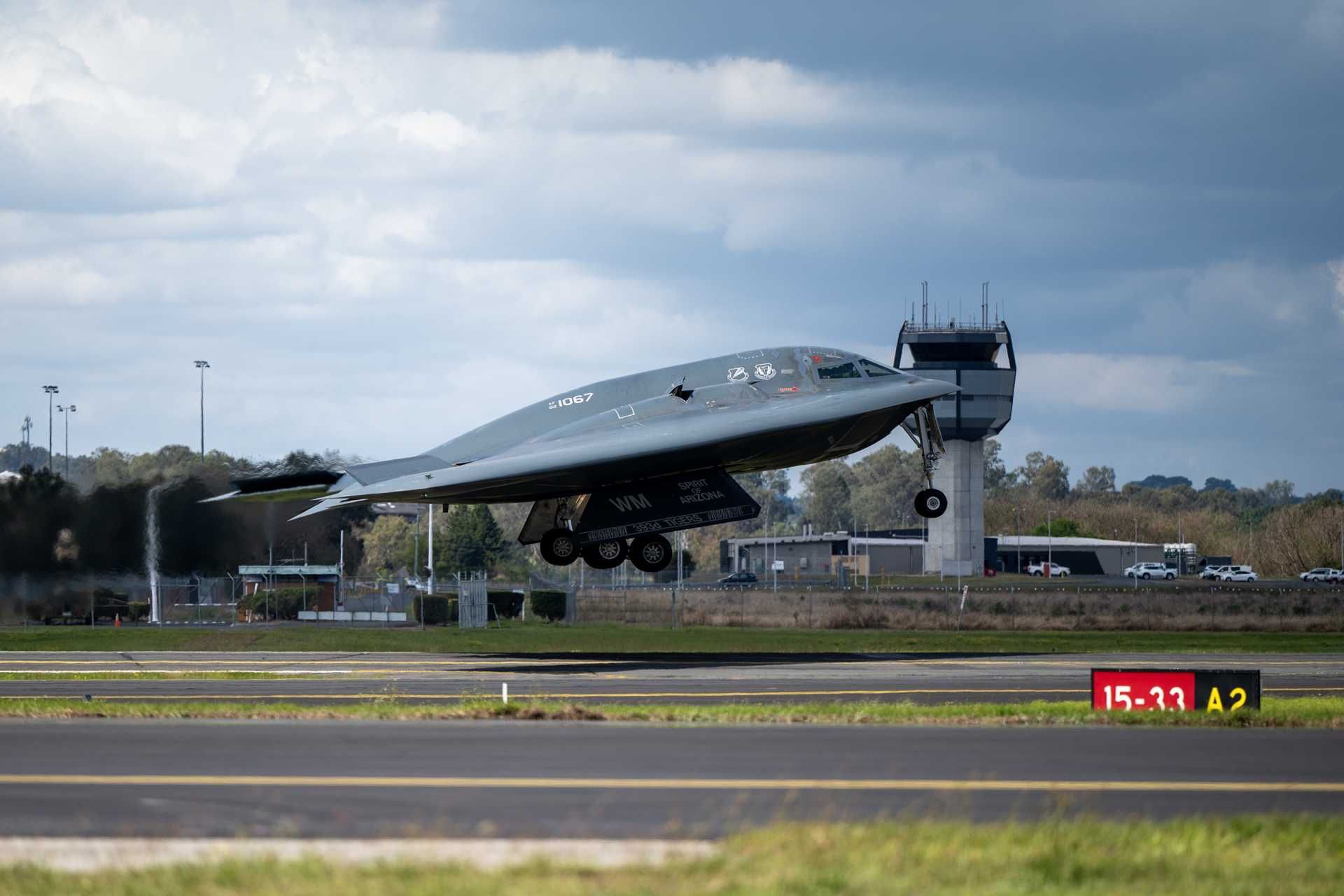
The B-2 Spirit is a long-range, strategic stealth bomber developed by the American Company Northrop Grumman for the United States Air Force. Recognized globally for its distinctive flying wing design and radar-evading stealth characteristics, the B-2 remains one of the most advanced and expensive military aircraft ever built.
Country users: United States
Description
The B-2 Spirit is a strategic stealth bomber designed primarily for penetrating dense anti-aircraft defenses to deliver both conventional and nuclear ordnance. Developed during the Cold War under a highly classified program known as the Advanced Technology Bomber (ATB), it was designed to give the United States the ability to conduct precision strikes anywhere in the world without detection.
The aircraft was developed by Northrop (now Northrop Grumman), with significant contributions from Boeing and other defense contractors. Its first flight occurred in 1989, and the bomber officially entered service in 1997. Only 21 units were built due to the immense cost of production and maintenance, which exceeded $2 billion per aircraft including R&D expenses.
The B-2's primary mission is strategic bombing, with the capability to deploy both nuclear and conventional munitions. Its stealth design allows it to operate in contested airspace, striking high-value targets without warning. The aircraft plays a key role in U.S. nuclear deterrence and precision global strike strategy.
During the night of 21 to 22 June 2025, the United States conducted the largest combat mission using B-2 Spirit stealth bomber aircraft, code-named Midnight Hammer against nuclear facilities in Iran. The operation was described as the biggest attack mission ever performed by the B-2 Spirit and, with an 18-hour duration, the longest B-2 mission since the opening of the Afghanistan war in 2001.
B-2 Spirit variants:
- Block 10 Configuration: The Block 10 represents the early operational configuration used primarily for training and limited combat readiness. These aircraft retained basic nuclear capability but lacked key mission systems required for full integration into conventional strike roles. Radar performance and avionics were at a preliminary stage, and these aircraft had limited compatibility with emerging JDAM-class weapons. Block 10 aircraft were quickly upgraded or cycled into further development blocks as operational demands evolved.
- Block 20 Configuration: The Block 20 standard introduced improved avionics, a more capable AN/APQ-181 radar with enhanced targeting precision, and limited capability for conventional weapons employment. While the primary mission remained nuclear deterrence, Block 20 aircraft participated in test and evaluation roles for integrating GPS-guided munitions. This configuration marked the beginning of multi-role capability development, bridging the transition from strategic-only to dual-role operations.
- Block 30 Configuration: The Block 30 is considered the first fully operational and combat-capable configuration of the B-2A, certified for both nuclear and conventional missions. This upgrade introduced advanced fire-control software, digital interfaces for JDAM integration, improved radar processing, and a more resilient Defensive Management System (DMS). Survivability was enhanced through upgraded radar-absorbent materials and electronic countermeasures. All B-2s were eventually brought up to at least Block 30 standards, and it was in this configuration that the aircraft achieved its first combat deployment in Kosovo in 1999.
- Block 30+ / Ongoing Modernization: Modern B-2s have evolved beyond Block 30 through incremental upgrades, often referred to collectively as Block 30+ or modernized B-2A. Enhancements include the Integrated Processing Unit (IPU) for mission data handling, improved secure communications via the Common Very Low Frequency Receiver (CVR), and radar modernization with the Advanced Extremely High Frequency (AEHF) satellite communication suite. The AN/APQ-181 radar has also been upgraded to incorporate AESA (Active Electronically Scanned Array) technology, enhancing detection resilience and ground-mapping precision. These aircraft are also being upgraded to carry new-generation nuclear weapons, including the B61-12 guided nuclear bomb, extending their strategic utility well into the 2030s.
Technical Data
-
Design
The B-2 Spirit employs a pure flying wing design, a configuration that significantly reduces radar visibility by eliminating vertical surfaces and other protrusions common to traditional aircraft layouts. This planform minimizes both radar and infrared signatures, essential for its role in penetrating sophisticated enemy air defenses. Constructed largely from carbon-fiber reinforced composite materials and layered radar-absorbent coatings, the airframe contributes to a radar cross-section (RCS) reportedly smaller than that of a small bird. The wingspan measures 52.4 meters, and the aircraft's overall length is 21 meters. The B-2 lacks a tail or fuselage extensions, with all systems, fuel tanks, bomb bays, and avionics housed within the wing itself. The crew compartment is located centrally and contains two side-by-side ejection seats for the pilot and mission commander, both of whom operate from a cockpit optimized for long-duration strategic missions. The airframe’s high aspect-ratio and internal volume also permit extended range and substantial payload capacity, while the aerodynamic shape provides excellent stability for high-subsonic cruise..
-
Armament
The B-2 Spirit is capable of carrying a versatile and formidable array of nuclear and conventional ordnance entirely within two internal weapons bays to preserve its low-observable profile. In nuclear configuration, the aircraft is certified to deploy the B61-11 tactical nuclear bomb and the B83 strategic bomb, both of which can be delivered with precision at high or low altitude. The B-2 is a key element of the U.S. strategic nuclear triad under START and New START treaties. For conventional strike missions, it can be configured to carry up to eighty 500-pound class GBU-38 JDAMs or sixteen 2,000-pound GBU-31 JDAMs, offering satellite-guided precision. Against deeply buried or fortified targets, the B-2 can carry the GBU-57A/B Massive Ordnance Penetrator, a 13,600 kg (30,000 lb) bomb designed to defeat underground bunkers, with a maximum of two MOPs per mission. Additionally, it can deploy conventional air-launched cruise missiles in some configurations. All munitions are carried internally on rotary launchers or bomb racks to ensure minimal radar exposure.
-
Avionics and Combat Systems
The B-2’s avionics suite is designed to enable deep penetration into heavily defended airspace under all weather and lighting conditions. The primary radar system is the AN/APQ-181 multi-mode radar, operating in synthetic aperture and ground-mapping modes. This radar allows for high-resolution target tracking and terrain-following flight while maintaining a low probability of intercept. Coupled with this is the Defensive Management System (DMS), which scans the electromagnetic spectrum for threats such as radar and missile guidance signals, enabling the B-2 to dynamically re-route in real-time to avoid detection. Navigation is maintained through a tightly integrated blend of GPS, astro-inertial guidance, and terrain correlation systems. Communications are facilitated through secure satellite datalinks, allowing strategic-level coordination. The onboard mission computer manages fire control, weapons release, threat tracking, and environmental systems, all coordinated through a fully digital fly-by-wire interface. The avionics have undergone multiple upgrades to enhance resistance to electronic warfare and cyber threats.
-
Mobility
Propulsion for the B-2 is provided by four General Electric F118-GE-100 turbofan engines, each producing 77 kN (17,300 lbf) of thrust. These engines are non-afterburning and were specifically selected for their reduced infrared signature and fuel efficiency. The engines are buried deep within the airframe, with serpentine-shaped air intakes lined with radar-absorbing material to shield the engine fans from radar exposure. Exhaust is diffused through flattened nozzles over the upper wing surface, reducing heat and infrared emissions. The aircraft operates at high subsonic speeds, with a maximum speed near Mach 0.95 (approximately 1,010 km/h or 628 mph) and a typical cruise speed around 900 km/h (560 mph). Its unrefueled range is about 11,100 km (6,900 miles), which can be extended indefinitely with aerial refueling via boom-equipped tankers like the KC-135 and KC-46.
-
Combat Use
The B-2 Spirit has seen operational deployment in multiple high-intensity and strategic conflict zones, beginning with its combat debut during Operation Allied Force in 1999 over Kosovo. In that campaign, B-2s flew round-trip missions from Whiteman Air Force Base to strike Serbian targets with precision-guided munitions, demonstrating their global strike capability. Subsequent operations include missions in Afghanistan (Operation Enduring Freedom), Iraq (Operation Iraqi Freedom), Libya (Operation Odyssey Dawn), and precision strikes against ISIS infrastructure in Syria and Iraq. The bomber’s ability to bypass heavily defended airspace and strike critical nodes with minimal warning has made it a centerpiece of U.S. long-range deterrence and rapid-response capabilities. It is routinely used to project power and reassure allies, especially in the Indo-Pacific region where it conducts strategic presence missions. Though only 20 B-2s remain in service following one operational loss, each aircraft continues to play a vital role in both nuclear deterrence and conventional power projection, pending the phased transition to the next-generation B-21 Raider.
Specifications
-
Type
Strategic stealth heavy bomber with nuclear and conventional precision-strike capability.
-
Country users
United States
-
Designer Country
United States - Designed and developed primarily by Northrop Grumman
-
Armament
- Internal only, with a maximum payload of 18,000 kg (40,000 lb).
- Nuclear: B61-11, B61-12, and B83 gravity bombs.
- Conventional: JDAM (GBU-31, GBU-38), GBU-57A/B Massive Ordnance Penetrator
- Configurable rotary and rack bomb launchers within two internal bays. -
Crew
2 (Pilot and Mission Commander)
-
Speed
- Maximum speed: approximately 1,010 km/h (628 mph)
- Cruise speed: approximately 900 km/h (560 mph)
- Subsonic flight only (optimized for stealth, not speed) -
Range
- Unrefueled combat radius: approx. 5,000–6,000 nautical miles
- Ferry range: over 11,000 km (6,900 miles)
- Aerial refueling capability extends operational range globally. -
Weight
- Empty weight: 71,700 kg (158,000 lb)
- Maximum takeoff weight: 170,600 kg (376,000 lb) -
Avionics
- AN/APQ-181 multi-mode radar (upgraded to AESA)
- Defensive Management System (DMS)
- Digital fly-by-wire flight control system
- Secure satellite communications (AEHF)
- GPS/inertial/astro-navigation systems
- Integrated Mission Management and Fire Control Suite -
Dimensions
Length: 21.0 m; Width: 5.1 m; Height: 52.4 m







































